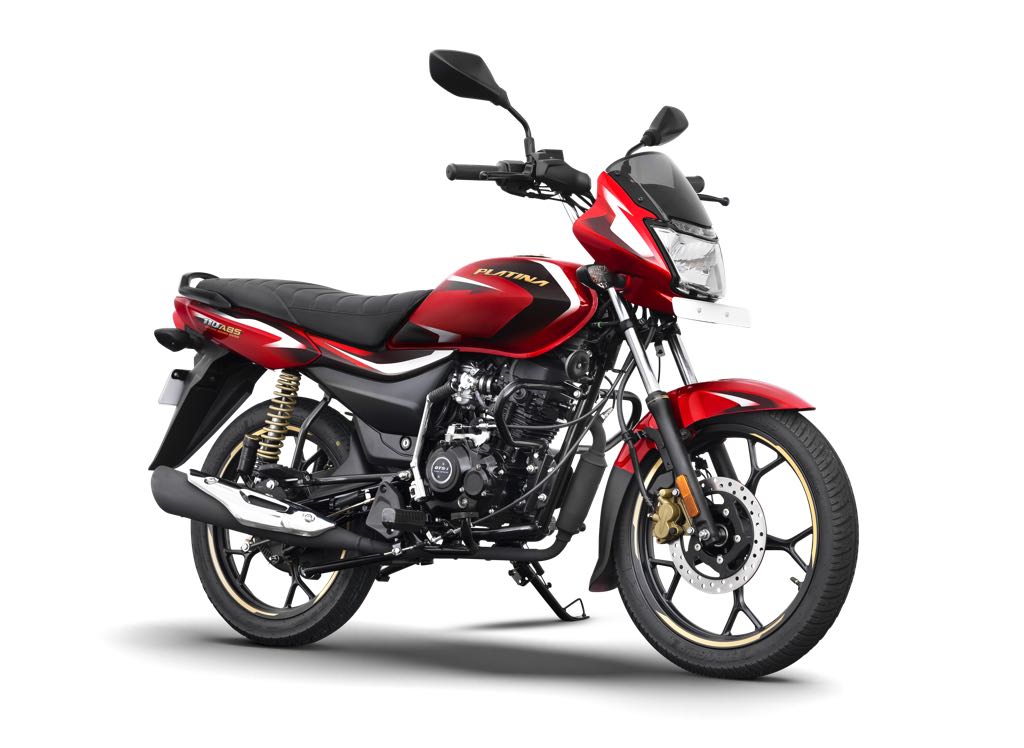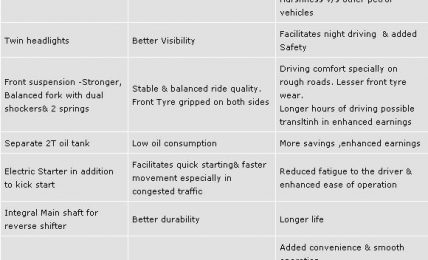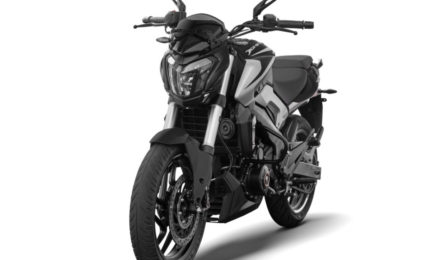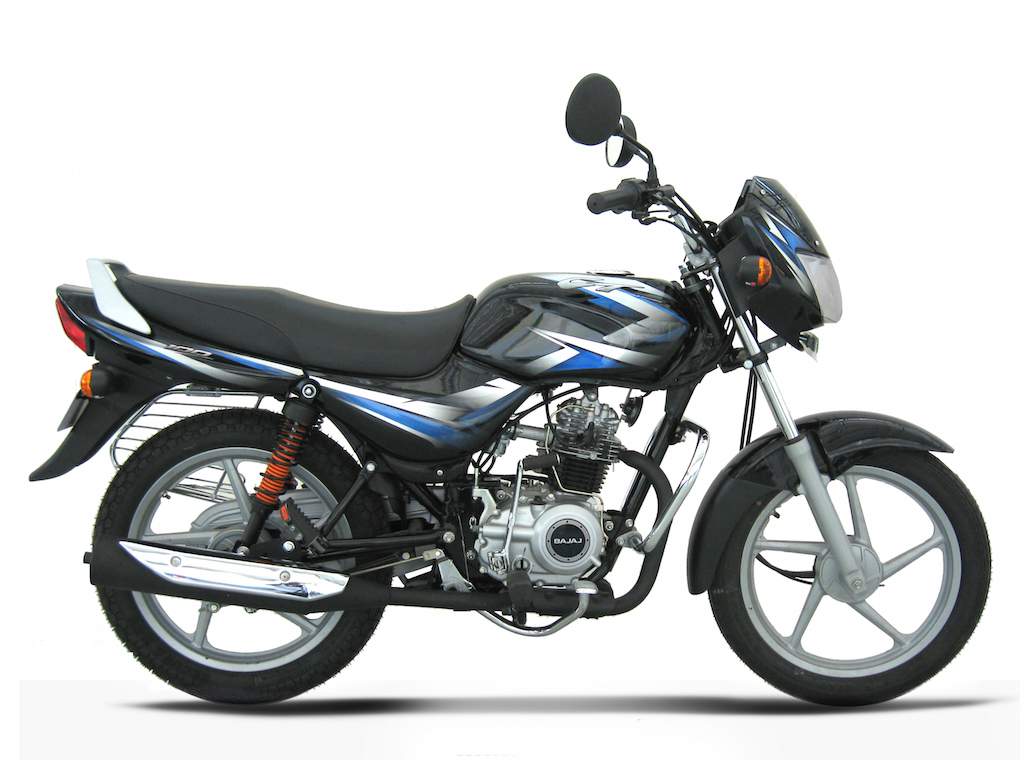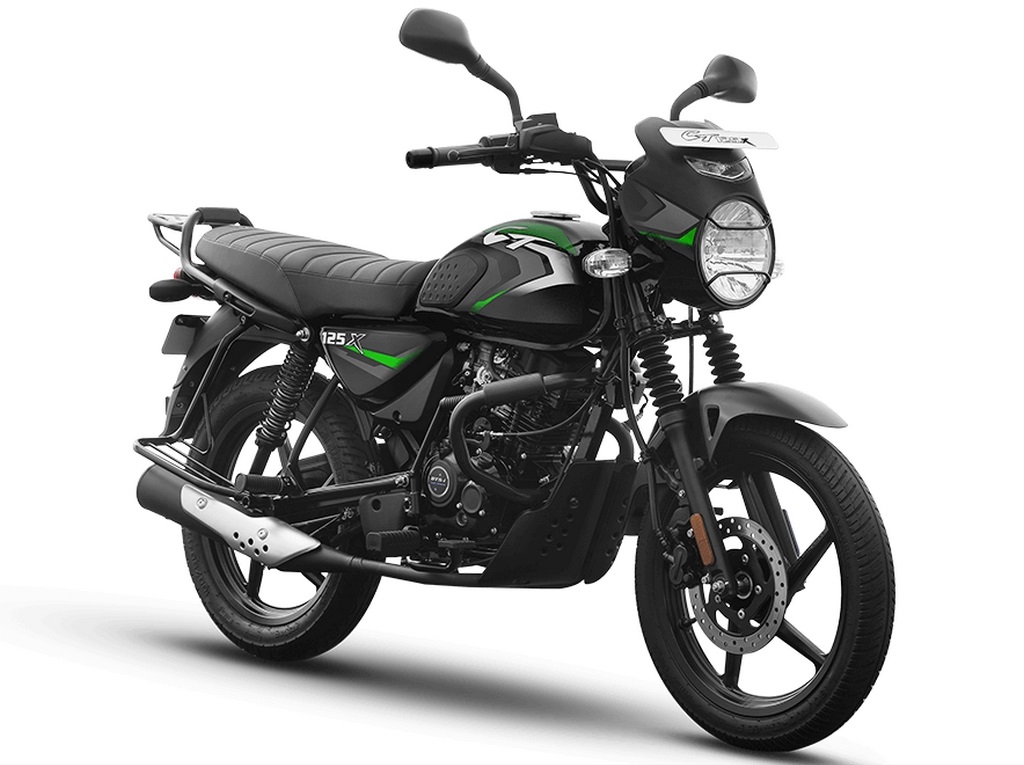
All three Bajaj bikes discontinued due to low sales
In a significant move, Bajaj Auto has decided to discontinue three motorcycles from its lineup: the Platina 110 ABS, CT125X and Pulsar F250. All three models, introduced within the last four years, struggled to gain traction in the market, leading to their removal from Bajaj’s portfolio.
Platina 110 ABS
The Platina 110 ABS stood out as the only sub-125cc commuter bike equipped with single-channel ABS, setting it apart from other models in its segment. Despite this distinctive feature, the bike failed to attract a substantial customer base. Positioned as a premium commuter, it was launched in late 2022 with a price tag of Rs. 72,224 (ex-showroom). While the Platina range has been a staple in Bajaj’s lineup, this particular variant’s higher pricing may have deterred potential buyers in the value-conscious commuter segment.
CT125X
The CT125X was designed to offer a tough, reliable commuting solution with 125cc performance at a price point that rivalled or undercut many 100-110cc bikes. Priced between Rs. 71,354 and Rs. 74,554 at launch, the CT125X was meant to appeal to customers seeking durability and performance without a premium cost. However, its positioning within a competitive segment and limited differentiation from other models likely contributed to its lower sales figures.
Pulsar F250
The Pulsar F250 was introduced as a successor to the iconic Pulsar 220F, a model that enjoys a strong fanbase and remains on sale at Rs. 1.39 lakhs. Despite being an objectively better bike in terms of features and performance, the F250 struggled to replicate the market appeal of its predecessor. Even with updates and a price point of Rs. 1.50 lakhs, the F250 could not resonate with the Indian audience as the 220F once did.
A Strategic Decision
The discontinuation of these models reflects Bajaj Auto’s adaptability to market demands and its focus on optimising its portfolio. With Indian customers gravitating towards specific value propositions, models that do not align with these preferences often face challenges in sustaining sales. Bajaj’s move also indicates a possible reshuffling of its strategy to concentrate on higher-performing or better-aligned products in its lineup.
While enthusiasts of these motorcycles may feel the loss, this decision underscores the competitive and dynamic nature of the Indian two-wheeler market. Bajaj’s ability to innovate and respond to customer preferences will likely shape its future offerings as it continues to strengthen its presence in the industry.
